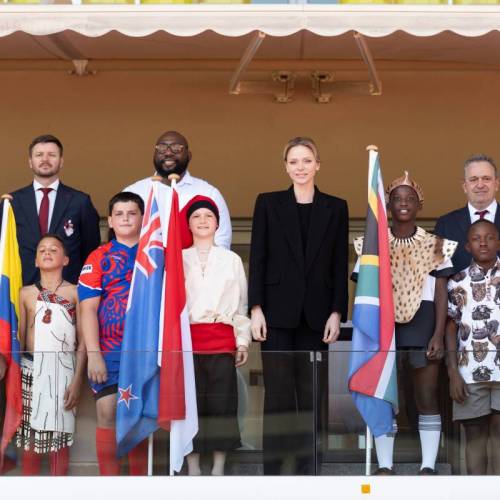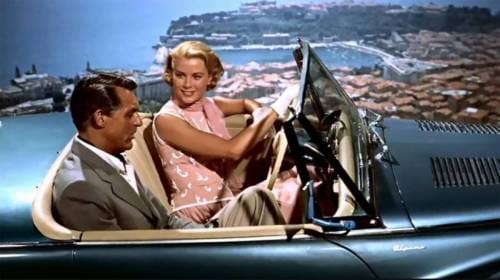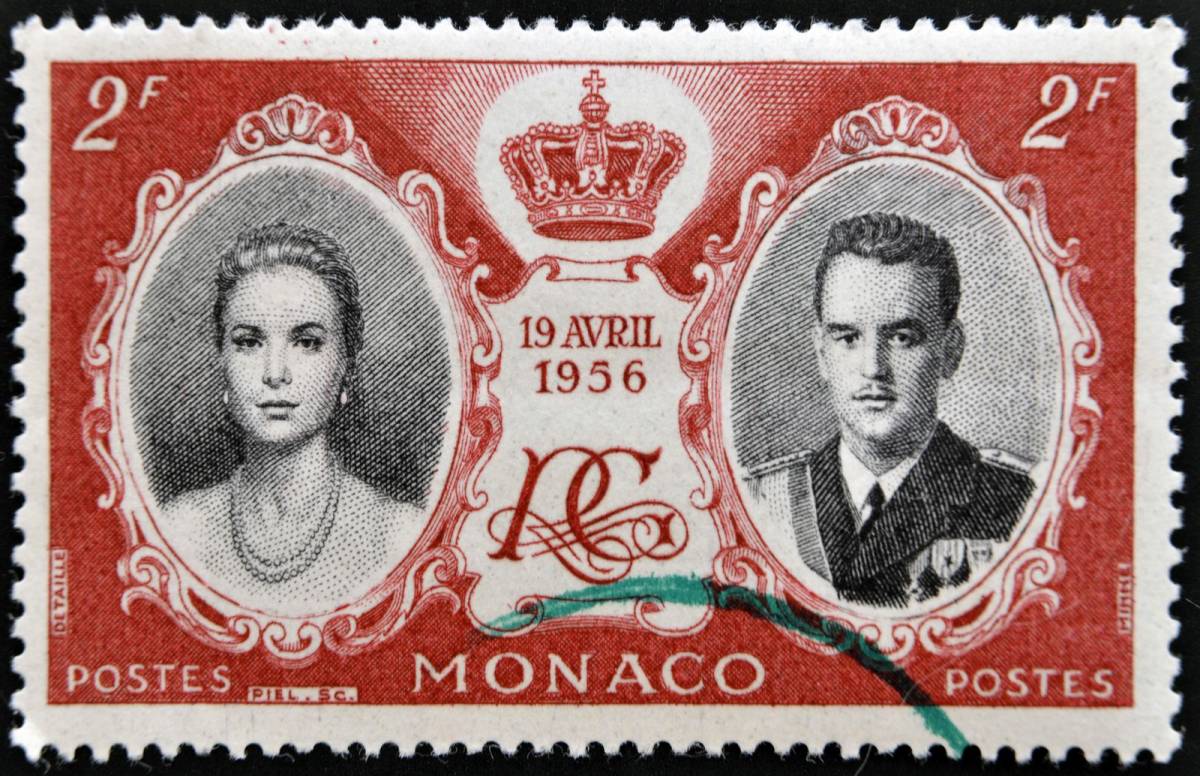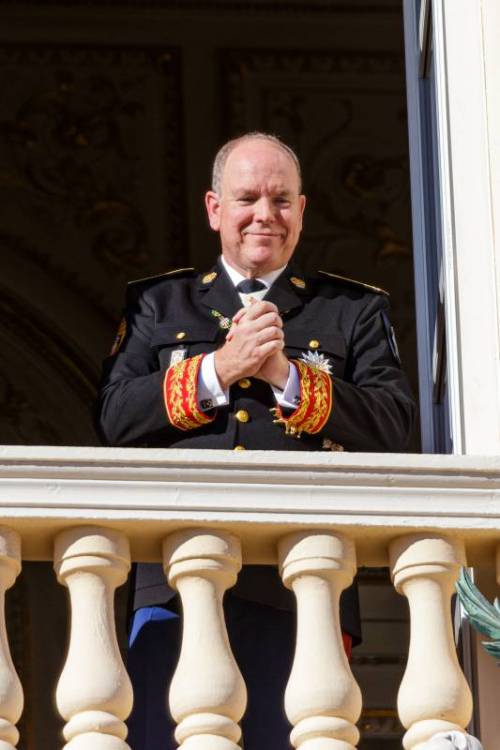Charles I, Lord of Monaco is often seen as the founder of the Grimaldi dynasty. And he was the first ruler to establish Monaco as an independent state under Grimaldi rule.
Charles I was the eldest son of Rainier I and his first wife, Salvatica del Carretto. Prior to coming to power, the Genoese seized control of the Rock on April 10, 1301 and Charles was forced to flee into exile. After their invasion, the Genoese occupied the Rock for 30 years until Charles attacked to reconquer it. A veteran seafaring adventurer and well established both in the French King’s Court and the Lord of Provence, he swiftly took back the Rock and sent the Genoese fleeing.
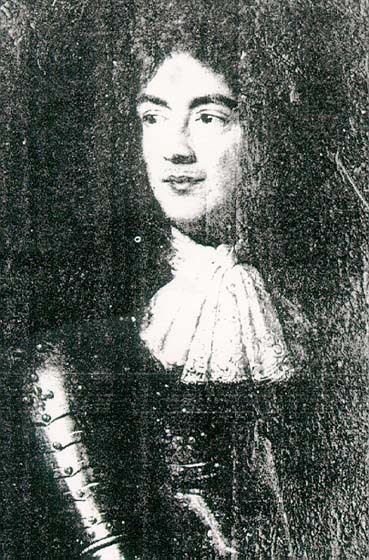
Having established and fortified his base in Monaco, Charles then chased after Venetian treasure ships off the coast of Syria and Egypt. His raids were so effective that the Venetians complained to Pope Benedict XII. The Pope tried to intervene through King Robert of Naples (a loyal protector of Charles) who was also Lord of Provence. He is documented as admitting Monaco was formally outside the frontiers of his territory. This was an important historical moment as it was the first time, in response to the Pope’s attempted intervention, that Monaco was cited as independent and not under any other state’s jurisdiction.
Charles I was an important ally to the French Valois in their continuing fight against the English and King Edward III, known as the Hundred Years War. The Genoese too, ended their preoccupation with the feuding between the Guelfs and Ghibellines after a change in their Doge, and became allied with the Grimaldis. This formed a broader alliance with the French against the English. One of the main successes in their naval alliance was the taking of Portsmouth that had been left unguarded by the English fleet when it was away escorting transport vessels and English troops to Flanders. Charles Grimaldi from Monaco and his new ally, Anthony Doria of Genoa, were then encouraged by the Admiral of the French fleet to attack Southampton, which they did successfully. They made off with a treasure trove of loot before the English could send in reinforcements. They also met up with David Bruce, King Bruce II of Scotland, and escorted him safely to France. This was a golden period in terms of controlling the Channel for the Monegasques and the French, to the point where serious consideration was given to invading England. However, between infighting and lack of support from the Pope no serious steps were taken to follow through and the idea was abandoned.
Then the tide turned and the English, under Edward III, took the upper hand against the French. The Genovese alliance fell apart and one faction turned on the French and even tried to set up a French state in Boulogne-sur-Mer. Charles I was occupied first helping the French against the Genoese and then allied with the French to harass the English fishing fleet who in times of war were the source of much manpower to the English naval forces.
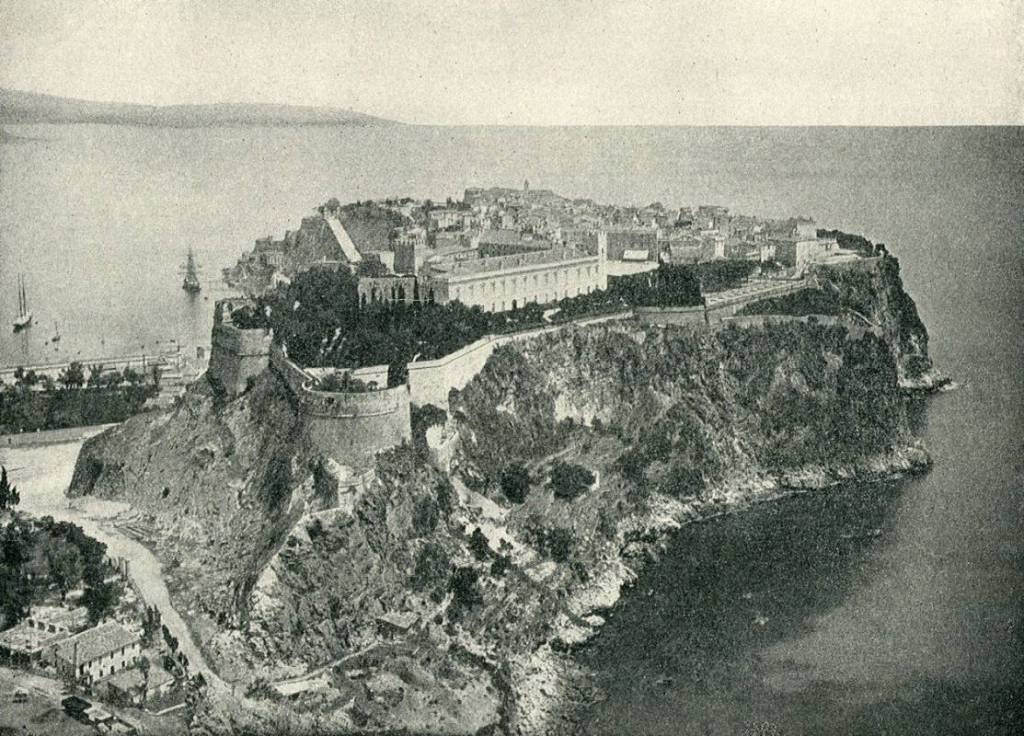
As could be expected, Charles I was not in good graces with Edward III, as there had been excesses committed in the fighting with the English where ears and fingers were cut from victims and put on display in Calais. At one point when the French fleet looked like it was going to be decimated by the English, Charles had managed to get 20 galleys into the Channel in support of the French in campaigns in Chatereaux and Nantes. But severe weather and the English fleet eventually depleted his forces. Not to be outdone, Charles re-provisioned and put another fleet of 32 ships and 7,000 men together to confront the English naval forces and reinforce the French.
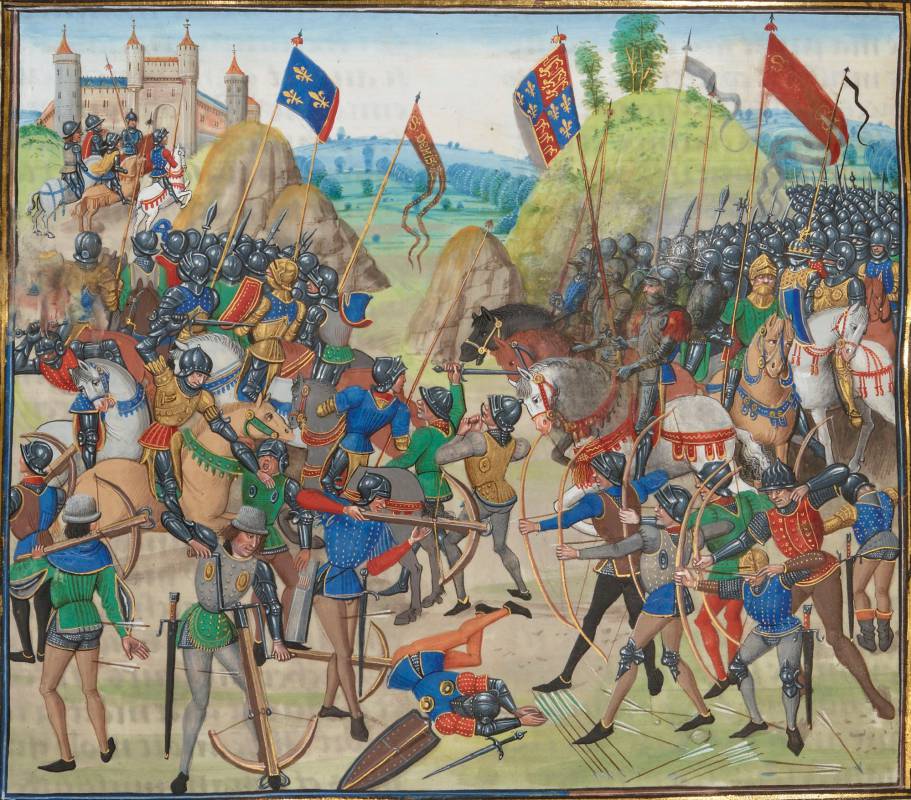
But the reinforcements were too late to stop the English invasion of France across the Channel and this set the stage for one of the strategic defeats in the power struggle with the English. A crushing defeat was suffered by the French at Crecy, where Charles I also fell victim. Crecy, 26 August 1346: a date to remember and a battle that went down in history. Charles I was on the front lines with the French, along with Anthony Doria leading the Genoese. Charles’ forces were exhausted from marching. Worse, and a deciding factor in the battle, the crossbowmen’s strings were wet, degrading the reach of their arrows which fell short of the English lines. Meanwhile, the English had kept their strings dry and the arrows of their longbow-men rang true, decimating the French ranks. Angered and desperate, the French King ordered his cavalry to charge, running over the Genoese infantry in the process. The English longbow-men mowed down the French cavalry with their arrows and wounding Charles in the process. The French forces were decimated and what remained fled, leaving Charles I for dead on the battlefield.
Against all odds, Charles’ tough physical constitution meant he did in fact survive. It was a blessing for Monaco as he spent the rest of his reign consolidating the expansions of Monaco’s territory that he had negotiated with the Spinolas and the Lord of Provence. These included Menton and Roquebrune purchased from Nicholas Spinola; and Eze and Castillon purchased from the Lord of Provence. It is rumoured that Charles I bought Menton and Roquebrune with gold from the Southampton raid. These new additions remained in Monaco’s expanded territory for more than 500 years, until 1861. Monaco had all she needed for her livelihood: ovens, mills, and an arsenal.
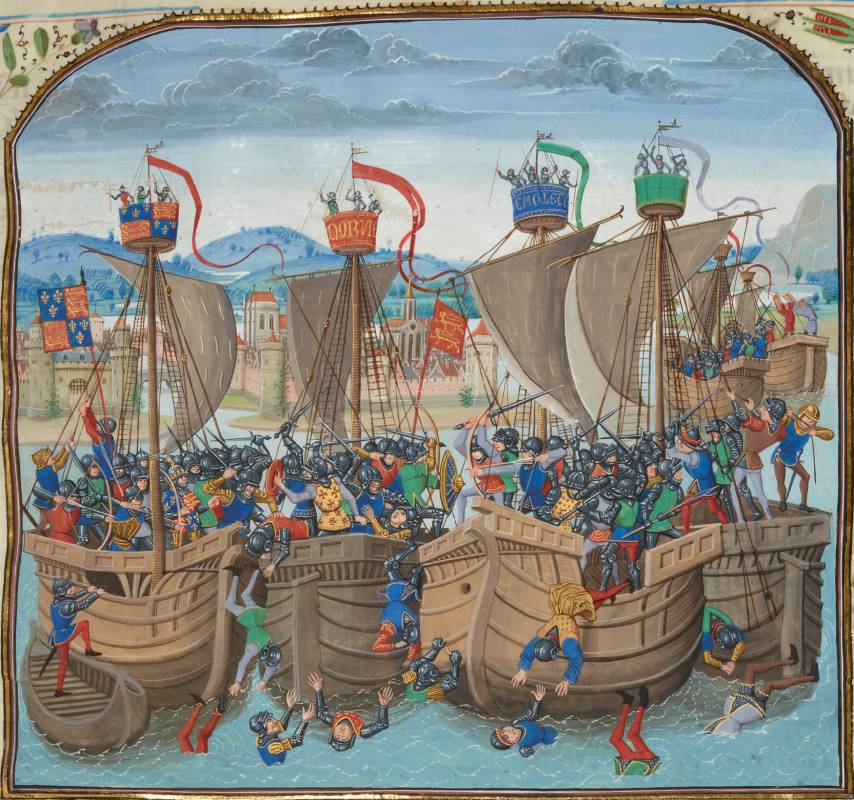
As for the succession that Charles I planned — a joint rule by two of his sons Gabriel and Rainier II together with his uncle was put in place after he died on 15 August 1357. But the new Genoese doge, Simone Boccanegra, elected by the popular party, laid siege to the fortress of the Rock once again and took control. However, it returned to Grimaldi rule in the 1417–1419 period.
Charles I of Monaco had eight children, following his marriage to Lucchina Spinola, daughter of Lord Girardo Spinola of Dertonne, including Gabriel, Rainier and Louis. Eventually Louis would succeed his brothers. The Grimaldi dynasty would continue to rule Monaco with an expanded territory thanks to Charles I.

